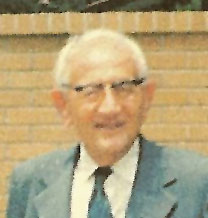
George Pólya was a Hungarian mathematician. He was a professor of mathematics from 1914 to 1940 at ETH Zürich and from 1940 to 1953 at Stanford University. He made fundamental contributions to combinatorics, number theory, numerical analysis and probability theory. He is also noted for his work in heuristics and mathematics education. He has been described as one of The Martians, an informal category which included one of his most famous students at ETH Zurich, John Von Neumann.

Marius Sophus Lie was a Norwegian mathematician. He largely created the theory of continuous symmetry and applied it to the study of geometry and differential equations.

Armand Borel was a Swiss mathematician, born in La Chaux-de-Fonds, and was a permanent professor at the Institute for Advanced Study in Princeton, New Jersey, United States from 1957 to 1993. He worked in algebraic topology, in the theory of Lie groups, and was one of the creators of the contemporary theory of linear algebraic groups.
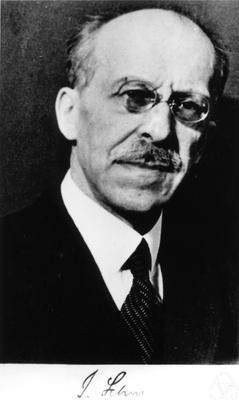
Issai Schur was a Russian mathematician who worked in Germany for most of his life. He studied at the University of Berlin. He obtained his doctorate in 1901, became lecturer in 1903 and, after a stay at the University of Bonn, professor in 1919.
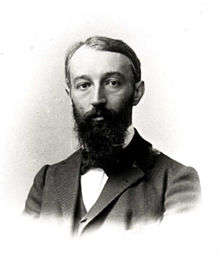
Eduard Study, more properly Christian Hugo Eduard Study, was a German mathematician known for work on invariant theory of ternary forms (1889) and for the study of spherical trigonometry. He is also known for contributions to space geometry, hypercomplex numbers, and criticism of early physical chemistry.

In mathematical group theory, the Schur multiplier or Schur multiplicator is the second homology group of a group G. It was introduced by Issai Schur (1904) in his work on projective representations.

Lothar Collatz was a German mathematician, born in Arnsberg, Westphalia.
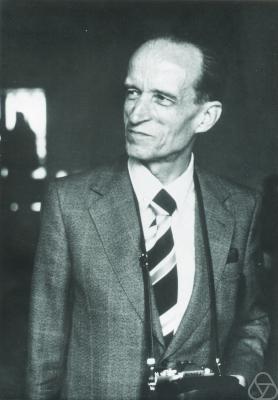
Martin Maximilian Emil Eichler was a German number theorist.

Peter John Hilton was a British mathematician, noted for his contributions to homotopy theory and for code-breaking during World War II.

Andreas Speiser was a Swiss mathematician and philosopher of science.

Gustav Doetsch was a German mathematician, aviation researcher, decorated war veteran, and Nazi supporter.

Heinz Rutishauser was a Swiss mathematician and a pioneer of modern numerical mathematics and computer science.
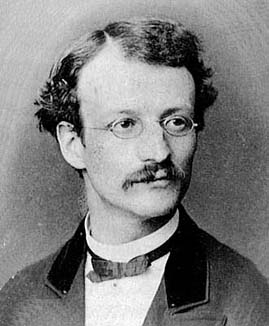
Georg Scheffers was a German mathematician specializing in differential geometry.
Walter Borho is a German mathematician, who works on algebra and number theory.

Albert Pfluger was a Swiss mathematician, specializing in complex function theory.
Max Gut (1898–1988) was a Swiss mathematician, specializing in algebraic number theory and group theory.

Marius Lacombe was a Swiss mathematician.
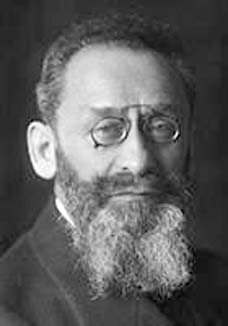
Arthur Hirsch (1866–1948) was a German mathematician.
Johann Jakob Burckhardt was a Swiss mathematician and crystallographer. He was an invited speaker at the International Congress of Mathematicians in 1936 in Oslo.

Günther Hans Frei is a Swiss mathematician and historian of mathematics.

















